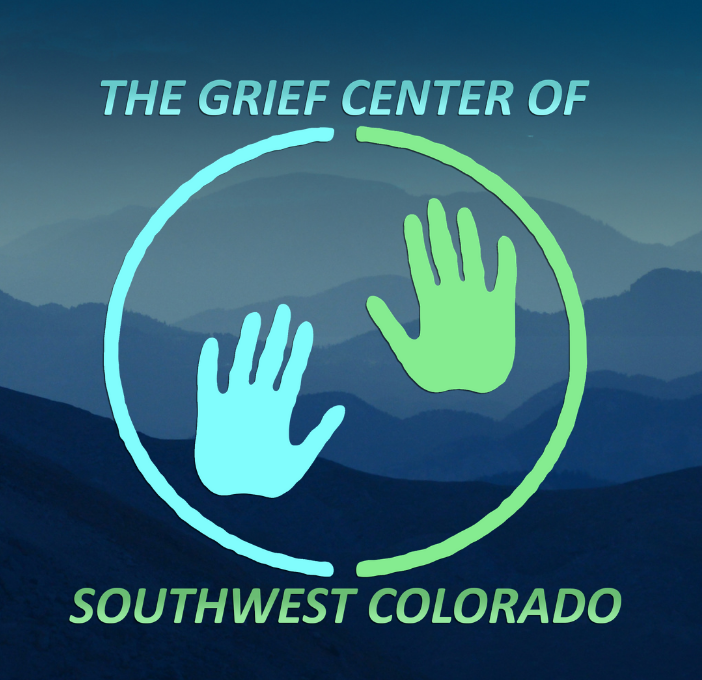Impact Stories
Meet a Colorado Changemaker
September 8, 2020

Connection is inherent in the work we do at Judi’s House/JAG Institute. Last year, with support from the New York Life Foundation, we launched the Childhood Bereavement Changemaker (CBC) initiative; an opportunity to connect with and learn from passionate organizations around the country who are dedicated to creating positive change for bereaved children and families.
We are excited to share the story of The Grief Center of Southwest Colorado (GCSWCO) that serves grieving adults, teens, children, and families. We sat down virtually with Director Judy Austin, LPC to talk about what it means to be one of the six collaborative partners, the unique needs of their service area, and how COVID has impacted their operations.
The Landscape of Rural Relationships
“Grief is not short-term. We have to establish the relationship and stay.”
While we may share the home state of Colorado, GCSWCO has a stronger affiliation with the Four Corners region that includes a mix of rural, small urban, and indigenous populations. Relationships and connections are key for Judy and her team as the nearest metropolitan area (and grief center) is 300 miles away in Albuquerque, N.M., and at times, the work can feel isolating. Providing consistent and ongoing care in these rural communities proves challenging due to treacherous landscape that separates GCSWCO and other service providers with those in need of support.
A future goal for GCSWCO is to build satellite offices to serve as a consistent source of support for communities in need. One satellite office will reside in Bayfield, Colo. close to the Southern Ute Indian Tribes. Data gleaned from the CBEM validates this work and the need for lasting grief care.
In addition to accessibility challenges, the Four Corners region has received national attention around high rates of suicide and substance-related deaths. Building relationships with Changemakers in other parts of the countryhelps GCSWCO feel less alone in tackling these issues and the intricacies surrounding these death loss experiences.
Indigenous Communities: Understand First, Serve Second
“When you’re handed someone’s bereaved children it’s a sacred responsibility.”
Developing strong personal relationships with elders within indigenous communities has been a primary focus of GCSWCO. In recent months, the impacts of COVID-19 have led many local tribes to turn inward to protect their own from the spread of the virus. Judy understands the importance for these communities retaining a sense of self while accessing essential services.
Grief is unique from community to community, and GCSWCO relies on guidance from individuals within indigenous tribes to support local initiatives and honor cultural rituals surrounding death. The CBEM is a valuable resource they can turn to support their ongoing work to become a trusted partner in their expansive five-region service area.
COVID-19: Partnering to Reach the Underserved
At the beginning of the pandemic, referrals doubled and four of the eight GCSWCO therapists were at capacity. The first wave also triggered previous clients to return to services. While many mental health providers transitioned to virtual care, internet posed a challenge as several rural communities rely on schools for access. Judy and her team are working to combat these barriers to care by creating grief packets that can be delivered to homes. GCSWCO is also looking to partner with mutual aid groups to deliver grief care essentials along with food and water to rural and tribal areas.
GCSWCO anticipates another surge. While the number of deaths due to COVID-19 remain low in their service region, those numbers do not match the volume of calls coming in. With Durango’s growing transplant population, many community members are grieving losses happening elsewhere. The impact of grief on families in their service area is increasing and the CBEM is a stable indicator of need during an uncertain time.
A Perfect-Timing Partnership
“[The CBEM] lends validity to our work. On a grief-center level, I’m excited to see how other people are using it and what programs come out of it. Mainly, in talking to policy makers, it is helpful not to be underestimated.”
Recently, GCSWCO applied for a grant that was clearly formatted for a more urban business model, and unfortunately did not receive funding. Judy saw the need to establish a model for rural areas to not only understand what was happening in their own backyard but contribute to a national conversation. Enter, CBEM. We are excited to work with Judy and her team to develop a needs assessment for their organization that can help support the important work they are doing in the Four Corners region, and to bring our collective findings together to paint a more detailed picture of childhood bereavement across our state and nation.
Learn more about our amazing Childhood Bereavement Changemakers.

Judi’s House/JAG Institute partnered with the New York Life Foundation to help support grieving children and families by creating the Childhood Bereavement Estimation Model.
